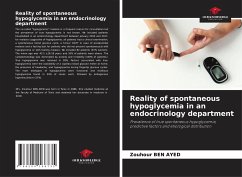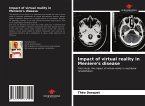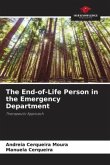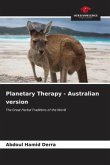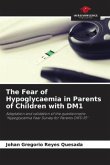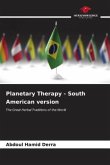The so-called "hypoglycemic" malaise is a frequent reason for consultation but the prevalence of true hypoglycemia is not known. We included patients hospitalized in an endocrinology department between January 2010 and 2017, for malaise suggestive of hypoglycemia, all patients had a clinical examination, a spontaneous blood glucose cycle, a 5-hour OGTT in case of postprandial malaise and a fasting test for patients who did not present spontaneously with hypoglycemia or with fasting malaise. We included 82 patients (67% women). The mean age was 43.5 ±18.18 years and 35% of patients were obese. The symptomatology was dominated by anxiety and irritability (100% of patients). True hypoglycemia was retained in 28%. Factors associated with true hypoglycemia were the availability of a capillary blood glucose meter at home, the presence of headache, and hypoglycemia during fingertip glucose cycles. The main etiologies of hypoglycemia were functional and factitious hypoglycemia found in 34% of cases each, followed by endogenous hyperinsulinism (17%).
Bitte wählen Sie Ihr Anliegen aus.
Rechnungen
Retourenschein anfordern
Bestellstatus
Storno

